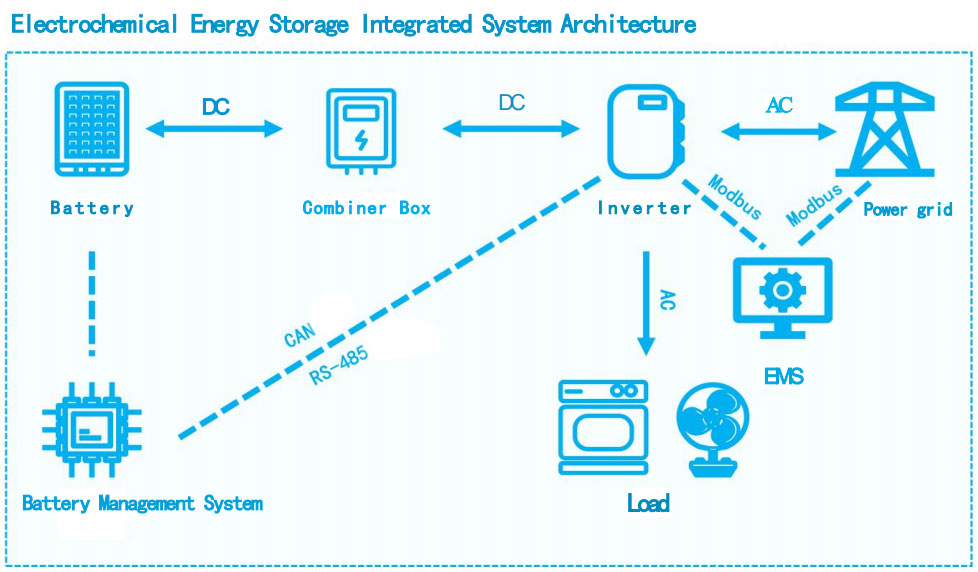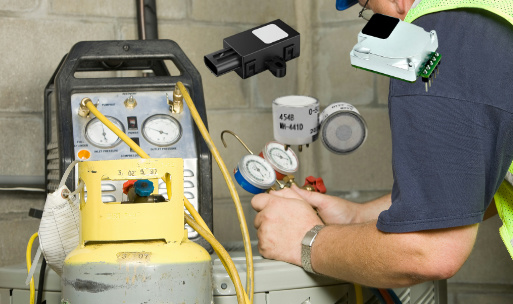Energy Storage: Powering the Future
As the demand for clean and sustainable energy sources continues to grow, the need for effective energy storage solutions becomes increasingly important. Energy storage refers to the process of capturing and storing energy for later use. It plays a crucial role in balancing energy supply and demand, enhancing grid reliability, and facilitating the integration of renewable energy sources. In this article, we will explore the concept of energy storage, its benefits, and various methods and technologies used for energy storage.
What is energy storage?
Energy storage refers to the process of capturing and storing energy for later use. It involves converting energy from various sources into a form that can be stored and accessed when needed. Energy storage technologies play a crucial role in balancing energy supply and demand, improving grid stability, and enabling the integration of renewable energy sources.
Benefits of Energy Storage
Energy storage offers numerous benefits that contribute to a more efficient and reliable energy system.
- 1.Grid Stability and Resilience: Energy storage systems provide stability to the grid by balancing supply and demand fluctuations. They can store excess energy during low-demand periods and release it during peak demand, ensuring a reliable and uninterrupted supply of electricity.
- 2.Integration of Renewable Energy: Energy storage helps overcome the intermittent nature of renewable energy sources such as solar and wind. It allows for the capture and storage of excess renewable energy when it is abundant and releases it when the sun is not shining or the wind is not blowing, thus enabling a smoother integration of renewables into the grid.
- 3.Peak Shaving and Load Management: Energy storage systems can help reduce peak demand on the grid by storing energy during low-demand periods and delivering it during high-demand periods. This helps to avoid costly infrastructure upgrades and ensures a more cost-effective and efficient use of energy resources.
- 4.Emergency Backup Power: Energy storage systems provide a reliable backup power source during power outages or emergencies. They can quickly and seamlessly switch to battery power, ensuring uninterrupted electricity supply to critical facilities, homes, and businesses.
Mainstream energy storage technology
1.Electrochemical Energy Storage
Lithium-Ion Batteries
Electrochemical energy storage is poised to become the mainstream technology for energy storage, revolutionizing the way we store and utilize electricity. With its versatility, efficiency, and increasing advancements, electrochemical energy storage systems are gaining traction across various applications.
Lithium-ion batteries are the most prevalent and well-known energy storage technology. As a type of electrochemical energy storage, have already established themselves as the dominant technology for portable electronics and electric vehicles. They are commonly used in portable electronics, electric vehicles (EVs), and grid-scale applications. Lithium-ion batteries offer high energy density, long cycle life, and fast response times. They can store electricity during low-demand periods and discharge it when demand is high, providing grid stability and enabling the integration of renewable energy sources.
Flow Batteries
Flow batteries store energy in liquid electrolytes contained in external tanks. During charging and discharging, the electrolytes flow through a stack of electrochemical cells. Flow batteries provide high energy capacity and can be scaled up by increasing the size of the tanks. They offer the advantage of decoupling power and energy, allowing for flexible sizing and longer durations of storage. Vanadium redox flow batteries are among the most common types of flow batteries.
Solid-State Batteries
Solid-state batteries represent the next frontier in electrochemical energy storage. By replacing the liquid electrolyte with a solid-state electrolyte, these batteries offer enhanced safety, higher energy density, and longer cycle life. Solid-state batteries have the potential to revolutionize not only portable electronics and electric vehicles but also grid-scale energy storage. Although still in the research and development phase, solid-state batteries are expected to become a mainstream technology in the coming years.
Advancements in Battery Technology
Ongoing research and development efforts are continuously pushing the boundaries of electrochemical energy storage. Scientists and engineers are exploring new materials and designs to enhance battery performance, increase energy density, and reduce costs. Innovations such as silicon anodes, sulfur cathodes, and advanced electrolytes are being developed to improve the energy storage capabilities of batteries. These advancements will further solidify electrochemical energy storage as the mainstream technology for energy storage.
Integration with Renewable Energy
The rapid growth of renewable energy sources, such as solar and wind, necessitates effective energy storage solutions. Electrochemical energy storage technologies, particularly lithium-ion batteries, are at the forefront of enabling the integration of renewable energy into the grid. They can store excess electricity generated during peak renewable generation periods and discharge it during times of high demand or when renewable energy sources are not available. This integration ensures a stable and reliable energy supply from renewable sources.

2.Pumped Hydro Storage
Pumped hydro storage is one of the oldest and most established forms of large-scale energy storage. It operates by using excess electricity during off-peak hours to pump water from a lower reservoir to a higher reservoir. When electricity demand increases, water is released from the upper reservoir, passes through turbines, and generates electricity. Pumped hydro storage offers high energy capacity, long-duration storage, and high efficiency.
3.Compressed Air Energy Storage (CAES)
CAES technology involves compressing air and storing it in underground caverns or tanks. During times of high electricity demand, the compressed air is released and expanded through turbines to generate electricity. Some CAES systems use natural gas or other fuels to enhance the energy output. CAES offers large-scale storage capacity, long-duration storage, and the ability to repurpose existing infrastructure such as depleted natural gas reservoirs.
4.Flywheels
Flywheel energy storage systems store energy by spinning a rotor at high speeds and maintaining it in motion using magnetic bearings. When electricity is needed, the spinning rotor is connected to a generator, converting the stored kinetic energy into electrical energy. Flywheels offer fast response times, high power output, and a long operational life. They are often used for short-duration applications, such as frequency regulation and grid stabilization.
Conclusion
Energy storage is a vital component of a sustainable and efficient energy system. It offers numerous benefits, including grid stability, renewable energy integration, peak shaving, and emergency backup power. With advancements in technology and increasing focus on clean energy, energy storage solutions are becoming more accessible and cost-effective. By harnessing the power of energy storage, we can pave the way for a greener and more resilient future of energy.





